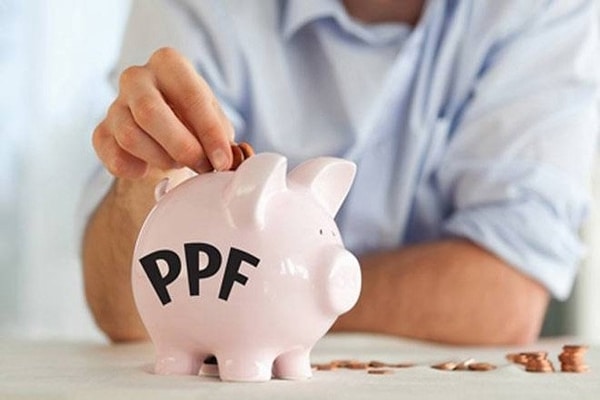PPF vs VPF: Public Provident Fund (PPF) is one of the highest yielding small saving schemes after the Provident Fund (PF) or Employee Provident Fund (EPF). Currently, for April to June 2021 quarter, PPF interest rate is 7.1 per cent while EPF or PF interest rate is 8.5 per cent. But, PPF is available for all earning individual while PF or EPF is available only for salaried class. According to tax and investment experts, if a person is employed, then they have an option to opt for Voluntary Provident Fund (VPF), which is beyond mandatory contribution of 12 per cent of one’s basic salary. However, while deciding the voluntary contribution in EPF or PF account, one needs to keep in mind that interest earned on EPF or PF contribution beyond ₹2.5 lakh per annum is taxable.
.
Speaking on PPF vs VPF Kartik Jhaveri, Director — Wealth Management at Transcend Consultants said, “If a person is an employee, then I would recommend him or her to opt for the Voluntary Provident Fund or VPF as it yields in sync with the PF/EPF interest rate, which is currently 8.5 per cent. If we compare it with the PPF interest rate of 7.1 per cent, then it makes a huge difference of 1.4 per cent on one’s annual return. However, if a person is self employed, businessman, etc. then he or she has no choice but to go for the PPF.”
Jhaveri said that both PPF and VPF provide same income tax benefit provided the EPF/PF plus VPF contribution is not more than ₹2.5 lakh in a particular financial year.
On how to keep one’s VPF insulated from the income tax net SEBI registered tax and investment expert Jitendra Solanki said, “While opting for the VPF, one must note that Section 80C benefit is available up to ₹1.5 lakh annual investment only and it includes all other investment options like mandatory PF/EPF contribution, LIC premium payment, home loan interest repayment, ELSS mutual fund etc. So, one must calculate how much he or she can contribute in VPF if they are doing this to save income tax.”
Solanki also said that after the rationalisation of Provident Fund (PF), PF/EPF interest earned on contribution beyond ₹2.5 lakh in a particular year is taxable. So, if the PF/EPF contribution along with the VPF becomes ₹2.5 lakh per annum, then the PF/EPF interest earned will not be taxable but the Section 80C benefit will be available up to ₹1.5 lakh investment only. However, in the case of PF/EPF contribution along with VPF become more than ₹2.5 lakh in single financial year, in that case EPF/PF interest earned above ₹2.5 lakh will be taxable while Section 80C benefit will be available at the same ₹1.5 lakh per annum limit.
On how to make the most of this VPF facility for a salaried taxpayer, Kartik Jhaveri said, “When one has EPF/PF account, then rather opening a PPF account, one should go for the VPF as it gives 1.4 per cent more annual return which will make big difference in achieving one’s long-term investment goal but at the same time one needs to keep an eye on the income tax rationalisation if they want to keep the EEE benefit intact in the EPF or PF investment, interest earned and the maturity amount.”












